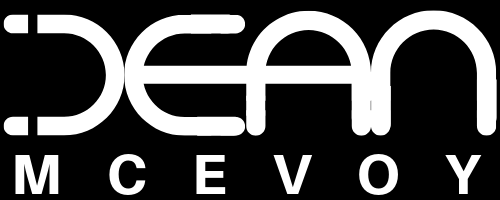I’ve recently come back from an incredibly fruitful trip to the US with Telstra’s muru-D accelerator helping a bunch of Aussie founders launch and grow their tech companies. It was great to be back in San Francisco again. This was where I lived for a few years while starting my first technology business.
The 15 companies from the current Sydney and Perth cohorts are at the beginning of their accelerator journey and are at a mix of stages, from early stage concepts to finished MVPs with revenue.
Over drinks, in meetings and presentations I heard the word “scale” mentioned a lot and there seemed to be quite a bit of confusion around what the term means, especially when speaking with investors.
And I think I know why.
The art of speaking with investors is being able to read between the lines of what they’re really trying to understand. The following is what I’ve put together to help clear up all the different meanings of scaling. This will help you to nail it in your next pitch and think about it in the right way for your startup.
What is a scalable business and why do you want one?
The best definition I‘ve heard of scaling was on and a16z podcast. It’s when your inputs grow in a linear fashion and your outputs, for example revenue, increases exponentially.
So in short, how do you make more money without spending more.
Most of the time this involves some use of technology, which is why it’s often thrown around so much in the tech space.
A tech-enabled startup is also the kind of business that venture capitalists want to invest in because the few million invested in the beginning to work out the business can turn into billions when put to work in a scalable technology business.
What do people mean by “are you ready to scale?”
This is the source of some confusion. This is a question about whether you have your operational systems in place so that when you rapidly grow your business it doesn’t break the company. It’s partly related to the question above, but a truly investible and scalable business has its internal processes optimised and automated as much as possible as well as a very scalable business model.
That is: A business that uses technology as a key component of its offering that has optimised systems and processes already in place.
This scenario is typically series A and later. You don’t want to focus on this too much in the early stages of your business but you also don’t want to set up your business in such a way that you can’t optimise and be able to scale quickly in the future. Things like long setup times and labour intensive customer onboarding are often red flags here.
How scalable is the business model?
This question is again a little confusing as sometimes when investors ask this, what they really mean is:
how big and sustainable is your competitive advantage or
how can you profitably acquire and retain customers or
does the business have network effects or
is it viral.
The core of this question is the moat that you can build between you and any future competitors. A moat is just like it was in medieval times. It protects you from being attacked and makes it very difficult for others to damage you. The bigger the moat, the harder it is to damage you in the future. There’s a lot to dig into here, but the simple overarching question which can turn an unscalable business model into a scalable one is:
“When users interact with your startup how does each interaction actually create more utility?”
That is, in each interaction how do the customers make your startup more valuable. Is it their data? Is it they help acquire customers for you? Or is it something else? If you build a great product, advertise it online, acquire customers and sell it at a great lifetime value – that’s awesome, but it’s not necessarily a scalable business model. Your competitors can copy your product, your acquisition channels can become expensive and so what looks like a great business in the beginning can fade away to just being just ok…..
This article first appeared on Telstra's accelerator website at muru-D. Dean is currently consulting to them to advise their current cohort of startups.

